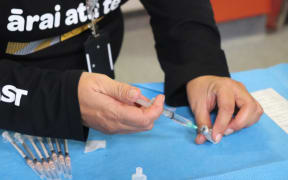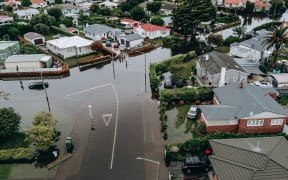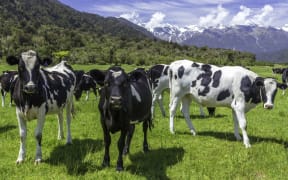Close to half of Gisborne District Council's greenhouse gas emissions come from 60,000 sheep and cattle on stations owned by the local authority.
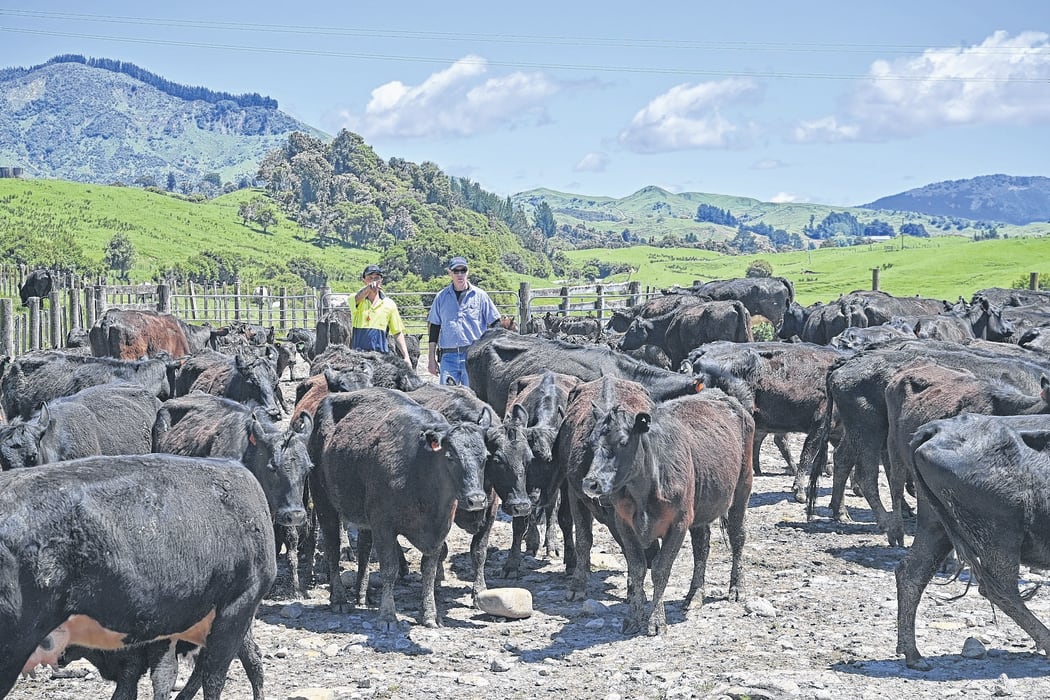
Sheep and cattle across three stations owned by Gisborne District Council contributed close to half of the local authority's greenhouse gas emissions. Photo: LDR / Alice Angeloni
The council and its businesses, including Tauwhareparae Farms encompassing three stations, emitted 40,000 tonnes of carbon dioxide equivalent (CO2e) in its first year tracking emissions.
Livestock was the main source of emissions in the 2018/19 year, contributing 46 percent, or 18.3 million kilograms of CO2e.
The council's greenhouse gas emissions profile, which includes its council controlled trading organisation Gisborne Holdings Ltd, came before the council's operations committee on Thursday.
It was an update to a report presented last year that had a "significant omission" as stock hadn't been included.
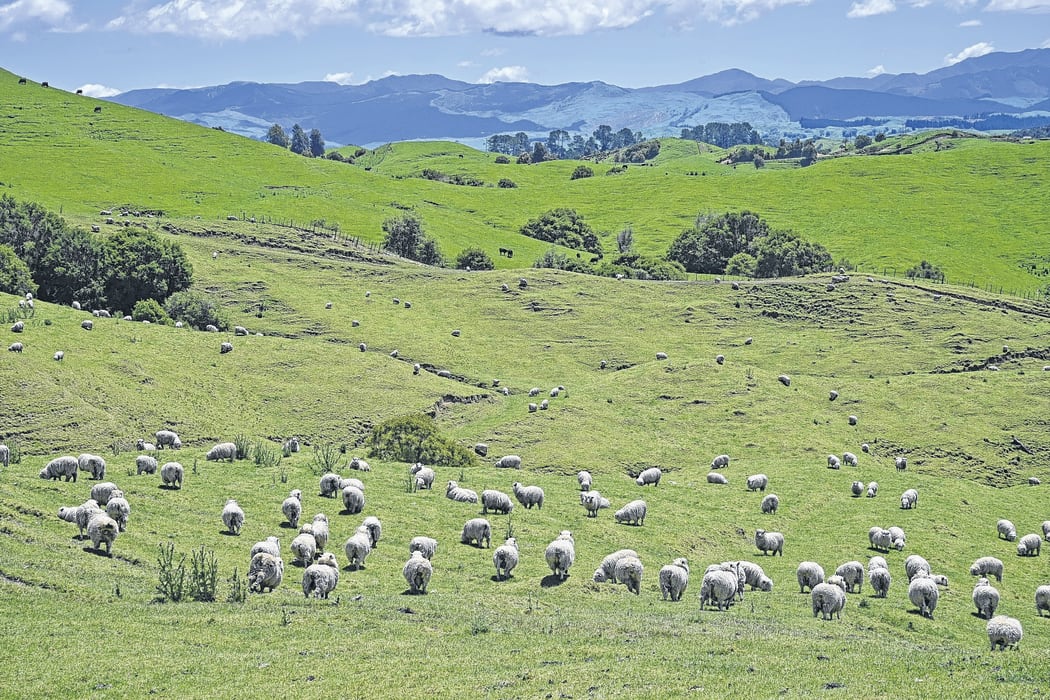
Hoggets waiting for shearing on Puketawa Station. Photo: Liam Clayton/ The Gisborne Herald/ LDR
With carbon sequestration taken into account, the council's overall emissions were 38,600 tonnes of CO2e.
The former Paokahu landfill, which operated from 1977 to 2002, was the second greatest source emitting 12.2 million kg of CO2e.
Other sources of CO2e emissions included Waiapu landfill, 1 million kg, wastewater treatment, 790,000kg, fertiliser use, 560,000kg and fuel for fleet cars, 450,000kg.
Employees commuting to work emitted 440,000kg of CO2e.
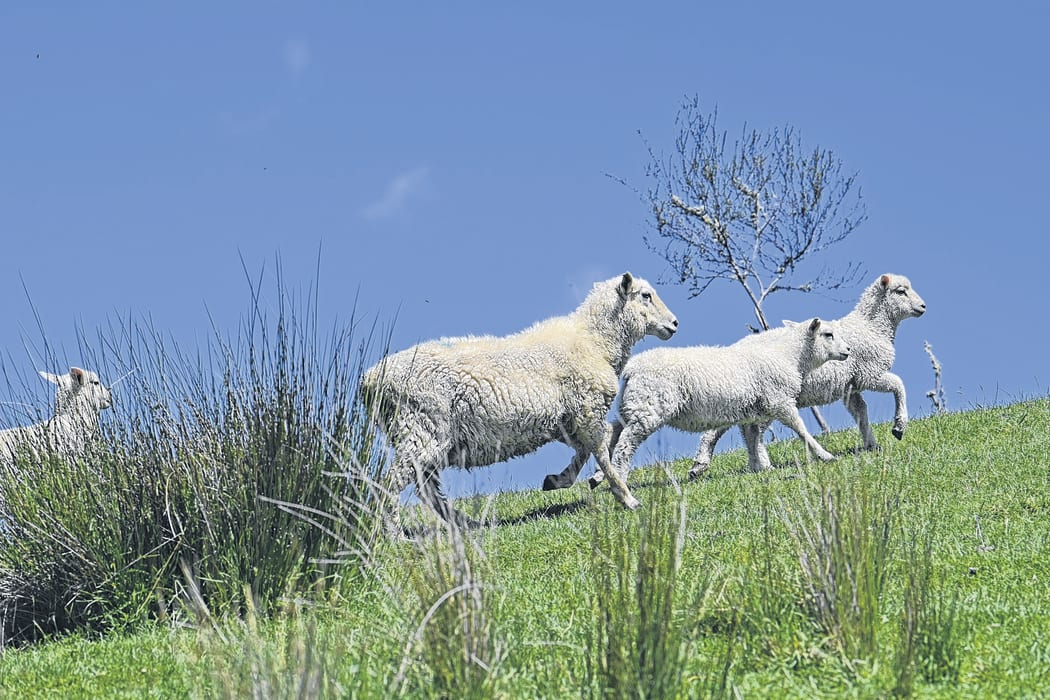
Ewe and lambs at Tauwhareparae Farms. Photo: Liam Clayton/ The Gisborne Herald/ LDR
The emissions profile covers Gisborne Holdings Ltd, which owns Waikanae Beach Top 10 Holiday Park, Gisborne Vehicle Testing, Tauwhareparae Farms and Property Holdings.
The council and Gisborne Holdings had a similar footprint to Dunedin City Council, whose inventory didn't include their council controlled trading organisation.
The council's chief of strategy and science Jo Noble earlier this year said the council would not undertake an emissions inventory annually, and was more likely to do it every three to five years.
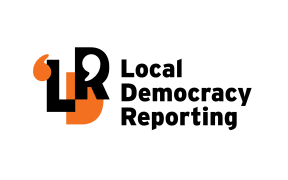
Local Democracy Reporting is a public interest news service supported by RNZ, the News Publishers' Association and NZ On Air.
